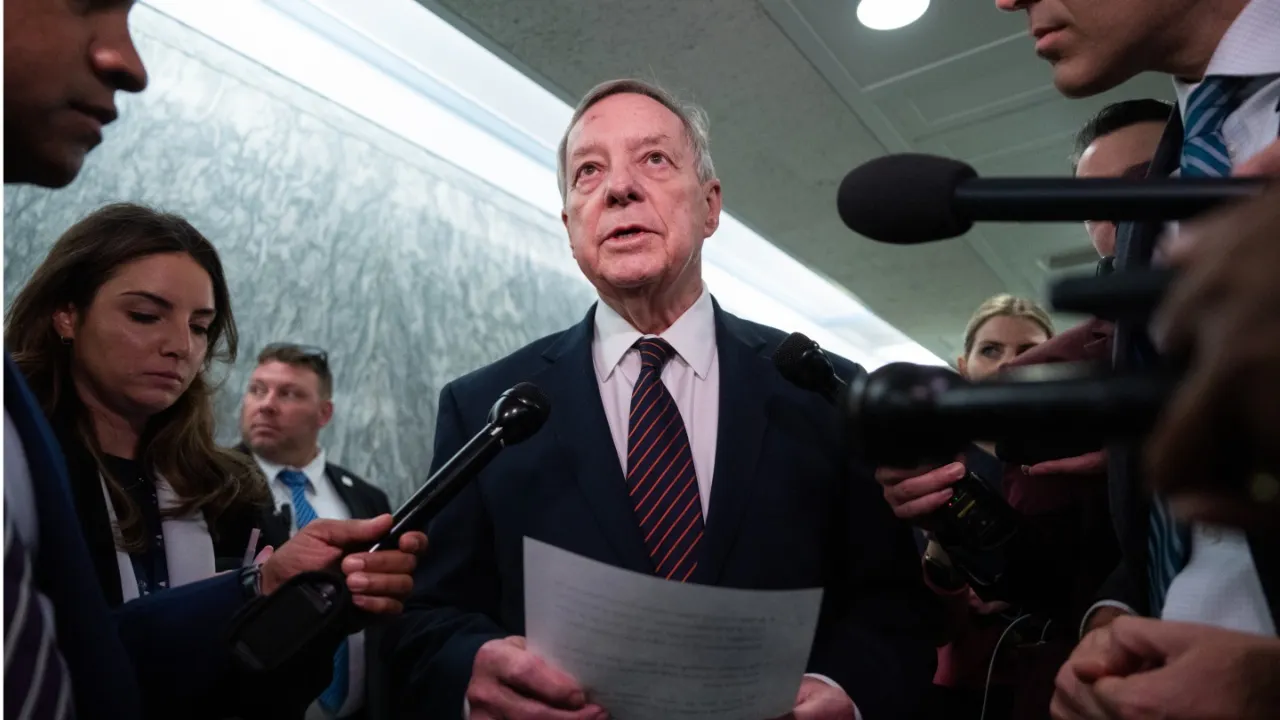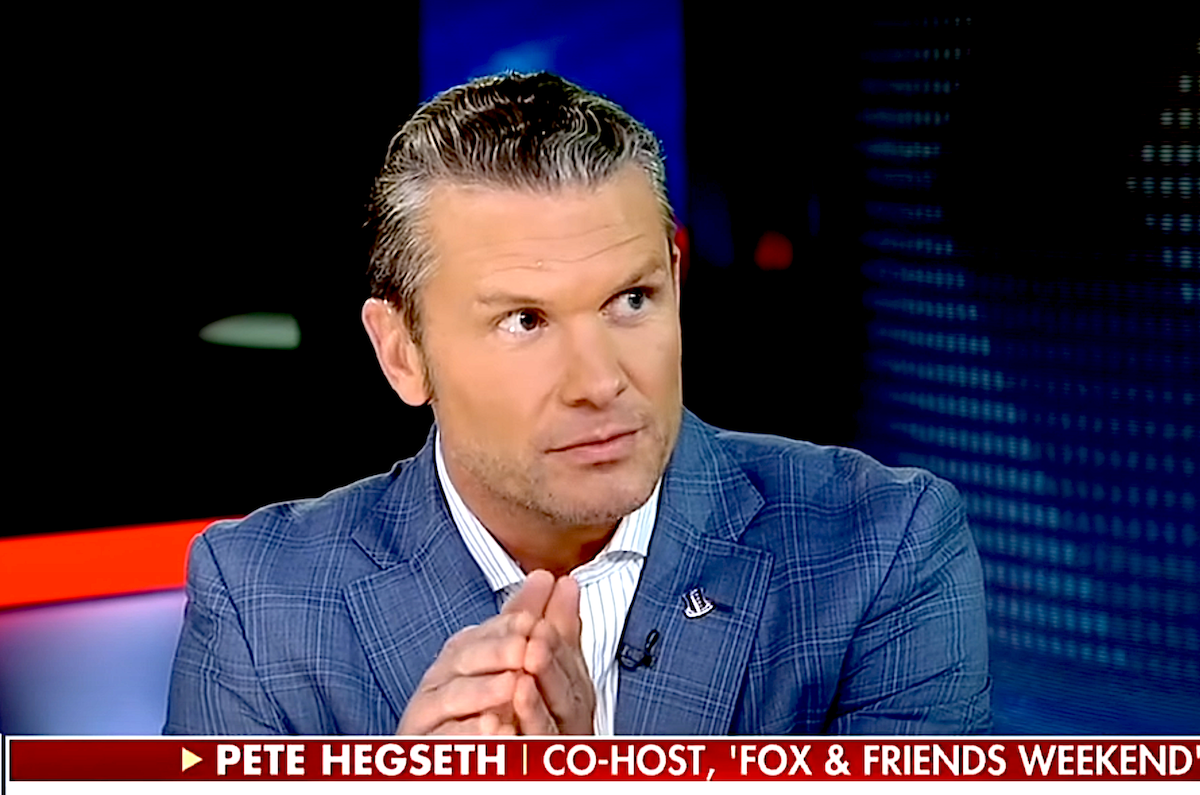WASHINGTON — US intel suggesting President Biden only authorized the use of American-made long-range missiles for Ukraine to strike Russia’s Kursk region may have been a red herring — in an effort by Washington and Kyiv to catch Moscow by surprise, experts said.
On Tuesday, Ukraine launched six ATACMS ballistic missiles into Russia’s Bryansk region, marking the first time the country has used the powerful weapons in 1,000 days of war, according to a US official.
The strike, which hit an ammunition supply location in Karachev, came a day after widespread reports, citing US officials, claimed that Biden only OK’d the use of ATACMS — pronounced “attack ’ems” — to target Kursk, where Russia had deployed 50,000 Russian and North Korean troops.
While there are several theories of what could have happened — from mistaken reports to a last-minute change of Biden’s heart — some experts say it may have been the result of what military officials call “strategic ambiguity” to surprise Moscow before it had time to limit the damage.
By surprising Moscow with a strike in an area they were not expecting, Ukrainians would have gotten literally the best bang for its buck — as Russia would not have been as prepared as it could have been to counter the attack or move military equipment beyond the reach of the ballistic missiles, experts say.
Still, much remains unknown as neither the US nor Ukraine had publicly acknowledged the ATACMS policy change as of Tuesday.
‘Missiles will speak for themselves’
It’s possible that the reports on the attacks being limited to Kursk were an intentional “misdirection,” Institute for the Study of War’s George Barros told The Post on Tuesday.
“It’s either the policy was actually the more generous and more encompassing one … and perhaps it was just misreported in all the breaking news that came out the other day,” he said.
“The other sort of circumstance is that we did this — and it would be crafty and the first time that we actually sort of got smart — and we implied, signaled and telegraphed that it was going to be just in a certain area, when, in reality, it’s the more encompassing one,” Barros continued.
“In this case, we surprised the Russians with this sort of strike — which is a smart thing, and the sort of thing that, you know, a superpower like the United States should be doing.”
Ukrainian President Volodymyr Zelensky seemed to confirm the importance of strategic ambiguity in response to the initial Sunday reports that Biden had green-lit firing ATACMS into Russia, noting that “there’s a lot of talk in the media about us receiving permission for respective actions.”
“But strikes are not carried out with words. Such things are not announced. Missiles will speak for themselves,” he said in his daily address.
On Tuesday, the leader declined to answer whether Ukraine fired ATACMS at Bryansk, instead giving a cryptic response touting that Kyiv has its own domestically produced weapons capable of reaching such distances.
“Ukraine has long-range capabilities. Ukraine has long-range drones of its own production. We now have a long ‘Neptune’ [Ukrainian cruise missiles] and not just one. And now we have ATACMS. And we will use all of this,” he told reporters at a press briefing.
Still, both Barros and Foundation for Defending Democracies Russia expert John Hardie conceded it could have merely been a case of miscommunication to the press and other war observers because “sometimes officials aren’t super clear when they’re briefing these things.”
“If you look at most of the reporting, it kind of said that the Kursk would be a priority, and it could expand from there, which I think you could you could take to mean that it’s only authorizing Kursk and Biden could give authorization for elsewhere,” Hardie said.
“Or it could mean that, you know, Kursk is is really the focus stopping the Russian assault, and Kursk is the focus, and you could see kind of other strikes in other areas in relation to that,” he added, noting that it’s possible that the Bryansk location was supporting Russia’s Kursk operations.
However, there is one thing that all experts agreed on: there’s a slim chance that Biden expanded Ukraine’s firing authorities overnight — and almost no chance that Kyiv violated Washington-set protocol.
“I guess it’s possible, but to me, it’s very unlikely,” Hardie said. “Ukrainians tend to adhere closely to what the US permits, and for obvious reasons that they don’t want to go and kill the golden goose.”
‘Desperate’ nuclear saber-rattling
Hours after the Tuesday strike, Russian President Vladimir Putin announced that he had changed Moscow’s “nuclear posture” in an apparent response to the shift in US policy for Ukraine.
The new policy allows Putin to potentially deploy nuclear weapons in response to an attack on Russia by any nation that is supported by a nuclear power — or exactly what they claim Kyiv has done.
But both experts and US officials have dismissed the doctrine change as simply more of Moscow’s irresponsible nuclear saber-rattling — with State Department spokesman Matthew Miller announcing Tuesday that the US did not change its nuclear posture in response.
Barros further noted that just because a policy shifts, it does not mean that Putin will employ it.
“The doctrine is simply just a Russian way of signaling — and it actually kind of smells of desperation,” Barros said.
“The Russians understand that they are vulnerable and that their means to respond to this is are actually quite limited. So they’re pulling out all the remaining breaks that they have on what they can do to signal and try to get us to continue deferring ourselves, but it looks like it’s failing,” he added.
Hardie agreed, but acknowledged that “we should always sort of read the Russian declaratory policy seriously.”
“The likelihood that Russia would use nuclear weapons in response to this or other missile attacks in Russia, I think, is very, very low,” he told The Post.
Hardie based his assessment on Russia’s boy-who-cried-wolf history of threatening nuclear strikes, as well as its consistent lack of nuclear weapons use throughout far more intense periods of the conflict.
“If you look at what, to me, was the time in this war when Russian nuclear use was most likely, that was in September 2022, after Russia was humiliated with the Ukrainian counteroffensive and hardcore blasts,” he said. “Russian lines really just melted away, and Ukraine was able to recapture a whole bunch of territory and destroy a whole bunch of Russian forces. Russia did not use nuclear weapons there.”
Putin also did not use nuclear weapons when Ukraine invaded the Kursk region, Hardie pointed out.
“When Ukraine conducted strikes in Crimea or other Russian-annexed occupied Ukrainian territories, Russia does not respond to those strikes with nuclear weapons, or even really, what I would call really credible threatening. So I think nuclear use is very unlikely here.”
Barros also encouraged observers to remember that the US and NATO offer their own nuclear capabilities to deter Russia from taking such drastic measures.
“We can play the deterrence game too, and I’m sure we have put certain red lines and threats out there that have deterred the Russians are doing certain things as well,” Barros said.

 By New York Post (Politics) | Created at 2024-11-19 21:21:51 | Updated at 2024-11-21 19:02:03
1 day ago
By New York Post (Politics) | Created at 2024-11-19 21:21:51 | Updated at 2024-11-21 19:02:03
1 day ago








